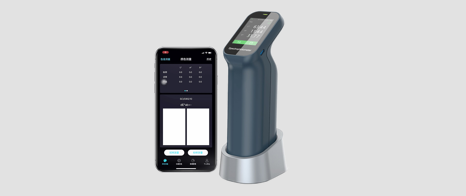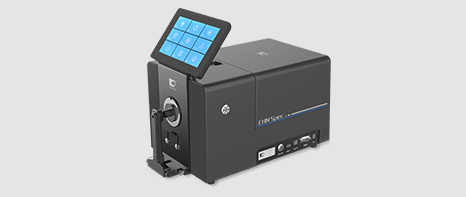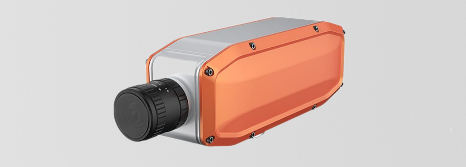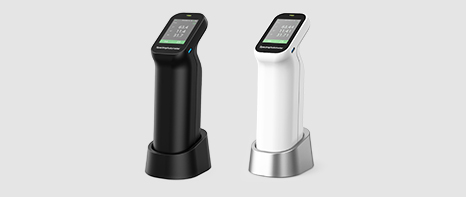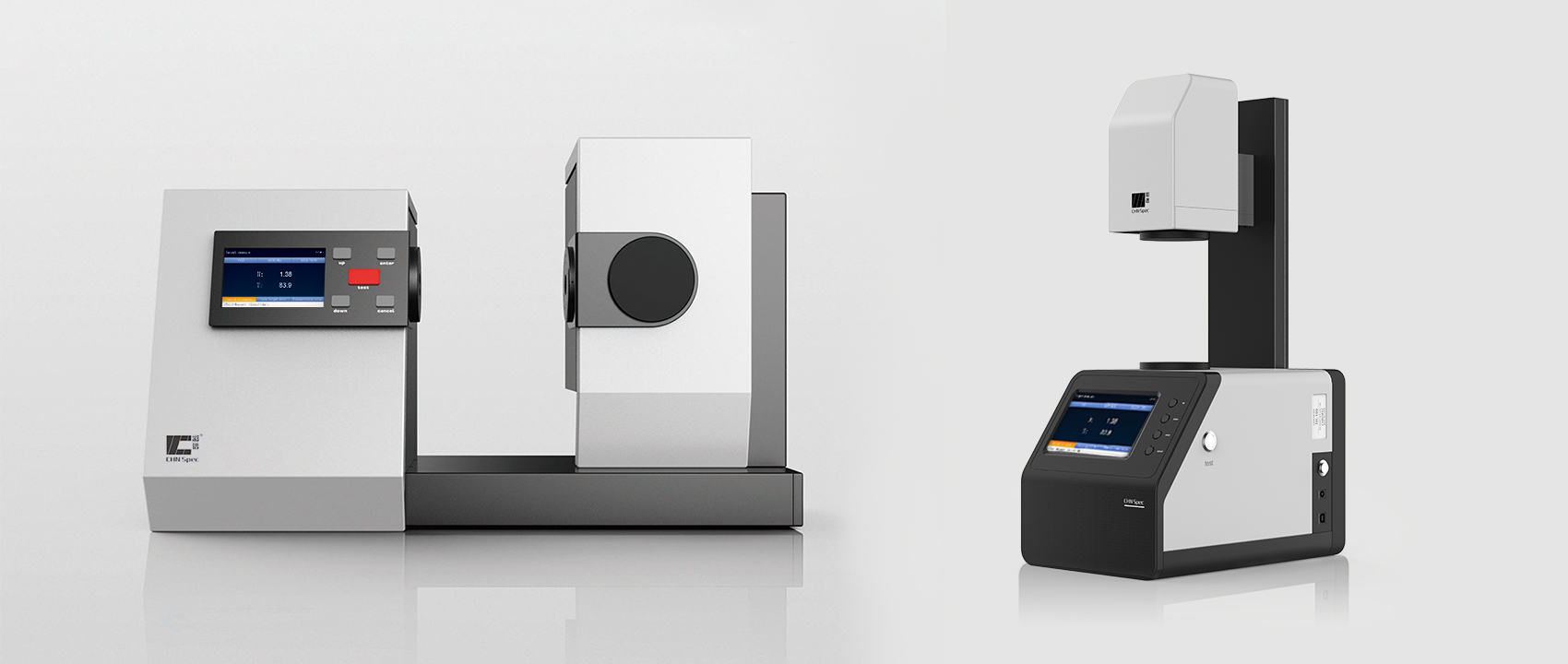- Color Education
-
-
Color Knowledge
-
Current position:Home > Color Knowledge
-
what is color measurment?
-
When a person views an object, light from a light source that is reflected from the object (or passes through the object) enters the eye and is collected by several types of photoreceptor cells in the retina. The proportion of light collected by these cells is sent to the brain and sensed as color. In practice, the simple proportion of light collected undergoes various processing as it passes along the nerves before being recognized by the person as color. Color measurements are a method of expressing the colors sensed by humans as values. This measure can finally be expressed in the form of values.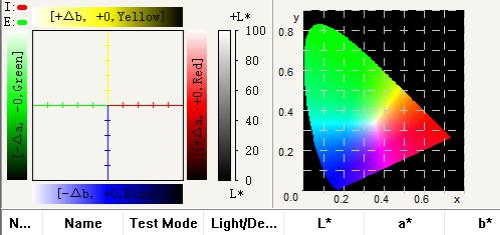
There are two main kinds of chromaticity measurement. The first method is to use the photoelectric colorimeter to measure the color. The photoelectric colorimeter is very similar to the densitometer in principle. Its appearance, operation method and even the purchase price are quite close. The photoelectric colorimeter directly displays three stimulus values x (-), (lambda), y (-), and Z (-) (lambda). Most of them also convert three stimulus values into color scale, such as CIELAB scale.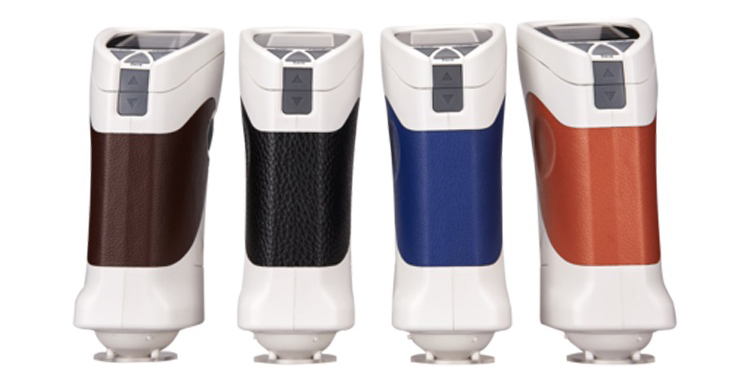
The second method is to use a spectrophotometer to measure color. As the three color photoelectric colorimeter can be regarded as a special reflectivity measurement instrument, the spectrophotometer can also look like this, but it is different with photoelectric colorimeter and spectrophotometer is an object of the whole visible spectral reflectance spectrophotometer is pointwise measurements in the visible spectral domain. In some discrete points on the measurement, usually every 10 or 20nm to measure a point within the range of 400 to 700nm measured 16~31 points. Some spectrophotometer is used to measure the spectrum continuously, while the three color filter photoelectric colorimeter only measures three points, so the spectrophotometer can provide much more information, or at least 16 points.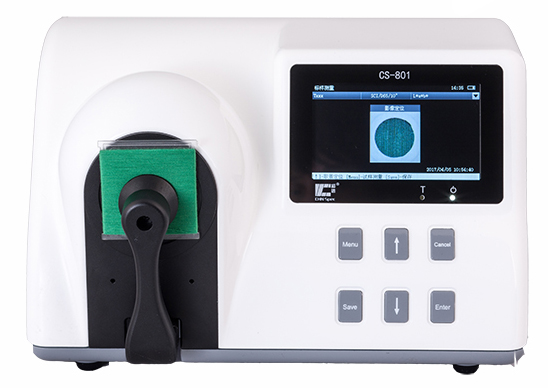
? - [Close] [Top] [Print] [Bookmarks]

